Part II: The Allen Report on Manufactured Home Community Portfolio Operators: Then, Now and Tomorrow
Editor’s Note: This is the second of a four-part series of the exclusive interview George F. Allen gave MHMSM.com Industry in Focus Reporter Matthew J. Silver.
MHMSM: What is the difference between this year’s Allen Report and last year’s?
GFA: A lot. It may have a lot to do with the fact I’m retiring and this may be the last one ever published. I may sell it, that remains to be seen, but I put everything in this one except the kitchen sink. So this is the standard for years going forward. I’ve already marked mine up with things I should have put in here, but I didn’t think of at the time. But size wise, content wise, this year’s is much larger, and that’s because I wanted to set a high standard for going forward. This is the 22nd year. The first year was a single page showing the 25 largest known mobile home park* owners based on Roulac Real Estate Consulting Group of Deloitte Haskins and Sells. It shows spaces owned and parks owned. After I started doing my consulting work, I was coming up with my own list, and they stopped publishing theirs. I have made it part of my business since. Nine of the firms on that list are still in business today, and they are in my Allen Report.
MHMSM: Besides Green Courte Partners, have there been any other changes in the data or statistics since the Allen Report was published?
GFA: Green Courte bought several other properties right after the deadline, which would move them up the chart for next year, assuming someone takes this over. A couple of years ago, they bought out a REIT (real estate investment trust) named Landlease and they asked to use that name because they like the way Landlease plays better than Green Courte Partners. I can’t tell you any more than that without getting on thin ice. Subsequent to this last Allen Report, they bought six communities with 1,857 homesites, which would have moved them from number nine to number seven in terms of the largest landlease community owner. The company they bought them from did not respond to my request for information, and I suspect it’s because they did not want to be listed lower than in the past, so they preferred to not be listed at all. There is one error in the Report because the company, J & H Asset PM, provided me with incorrect figures that put them at number 70 on the list of the largest community owners, when they should have been number 14.
MHMSM: Why do you suppose you received only 137 responses out of 500 MHC portfolio operators you contact annually?
GFA: I am sure there are many reasons why. Some of them run like this. First off, it is not a glamour investment. If you go to a cocktail party and say you own part of the Hilton Hotel chain, it’s very different from saying you own part of five trailer parks. It’s a very lucrative business, and some people don’t want you to know where they make their money. Secondly, in my opinion, this asset class is a very secretive group. Why tell the world this is a lucrative investment when that would only bring in more players you would have to contend with. In addition, on my deadline for responding, I’m lucky if I have 50 responses to my questionnaire. I get on the phone and start calling and that’s how I got information for the other 87 questionnaires. Why don’t they send them in? Some of them say their secretary lost it. But some of them know that this is the only time all year we will talk, and they want to know what’s going on in the rest of the country. Some of them don’t want to come around to the front, because they know I will come around the back, and they will get a little information out of me.
MHMSM: What are the new features in this year’s Report?
GFA: On page nine, I have listed eight reasons to own communities. That’s not been in there before. It’s like an insider’s list.
· On page ten, I show Randy Rowe’s five point plan to save the manufacturing home industry.
· On page 17, I list my acknowledgments, thanking people for their donations in putting out this report. I had never asked people for support before, but this year I did. On the list of the 137 responders, if there’s a dollar sign after their names, it shows they contributed to the report.
· On page 23, I’ve listed the Five Action Areas agreed upon by the National State of the Asset Class (NSAC) in 2008 that continues to guide owners of mobile home park owners nationwide. These are the five areas we want to concentrate on to make our business better.
· All of the appendices from page 25 on are new features I’ve never published before.
In all the years past, I’ve put a price tag of $250. If someone called and asked about buying one, I would say it’s $250, or, you can have one for free if you subscribe to my newsletter that costs $134.95 a year. Knowing this year’s was going to include more information, I put a hefty price tag on it of $450. Have I sold any for $450? No. Do I expect to sell any for $450? No. I am testing the market. If people call and want to buy it, I tell them I will sell it to them for $250 and I will throw in my yearly newsletter for free. In other words, I have upped the ante from $134.95 last year to $250 this year. In part, I am doing it for the people who will come after me, and so far it’s working like a charm. It’s been out only a month or two, and I’m getting one or two calls a day.
MHMSM: Your Report is important to certain aspects of the industry, notably when it comes to issues such as financing and valuation. Where might MHC owners turn if your Report is no longer available after your retirement?
GFA: It is not my intent to see it not continue. I’m entertaining offers from two not-for-profits and one business right now, who want to buy it. I would probably stay on as a consultant; I don’t want to walk away completely. I will probably ease away because I want the Report to continue. Currently there is no one else out there turning out credible researched information for the asset class.
MHMSM: Why do you suppose no one else has done it? Did you realize there was a need and you filled it?
GFA: Before I started, in 1978 I was managing apartments for a firm nearby, and after two years they called me into the office and told me they were taking away my apartments, and they had four trailer parks that were in the red, and they wanted me to turn them around and put them in the black. I walked out of that office stunned and angry; I did not want to deal with what I saw as trailer trash. I had returned recently from Vietnam, had two small children, and knew I needed to adjust my attitude or get a new job. I eventually realized there were no mobile home park gurus out there, no books on the subject, and if I could transfer my knowledge of apartment management to mobile home parks, there were opportunities for me as an investor and as a consultant. And that’s basically what happened. Two years later, the properties sold; I managed them under the new owners for a while, then my wife and I decided to start our own business. We managed all kinds of properties, focused on mobile home parks, and two years later bought our own park. We sold it, made a very significant profit, at which point I could have retired – but I chose to start writing and consulting, and in 1988 wrote my first book on the business, and never looked back. It’s been a very comfortable business. Now it’s time to set that up in other people’s hands and take a different route.
*All terms used by GFA have been retained in this blog post.
Next week: Part III: The Future of Manufactured Housing Communities (MHCs)
Click here to read Part I: Are Manufactured Housing Communities (MHCs) a Good Investment? http://www.mhmsm.com/blogs/industryvoices/george-allen-sounds-off-in-exclusive-interview-on-key-mhc-and-industry-issues/


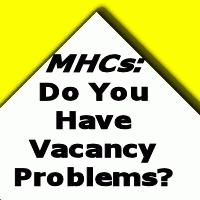
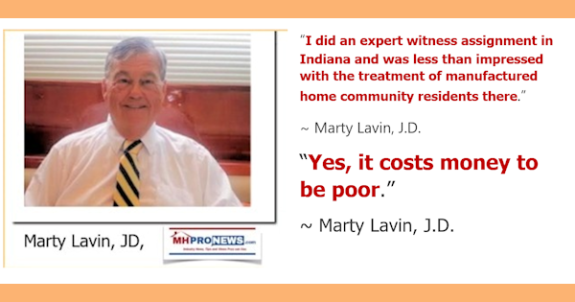
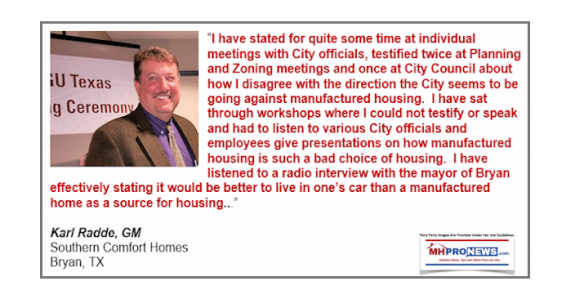
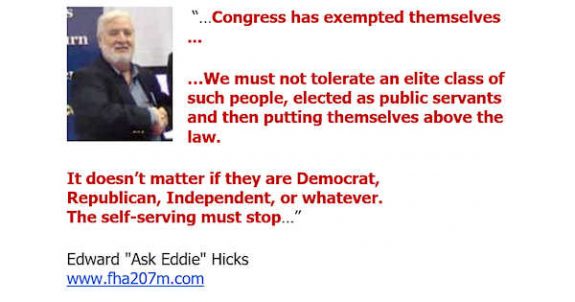
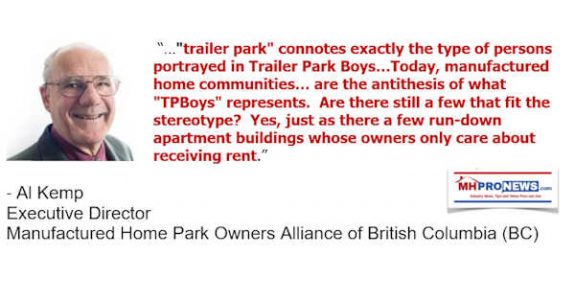
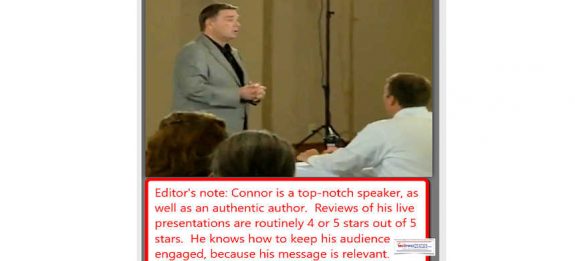
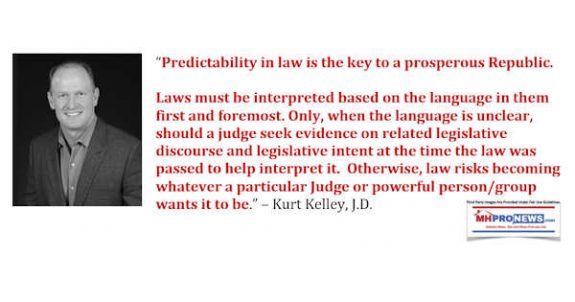
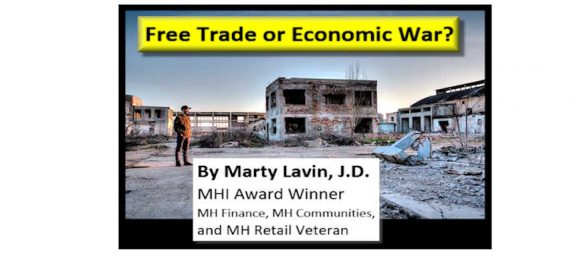
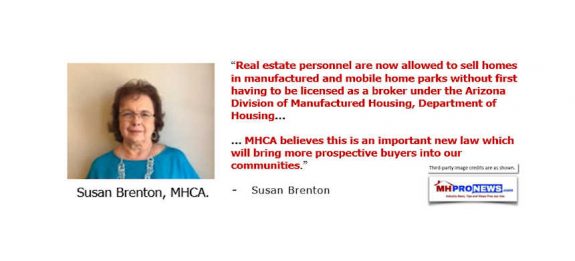
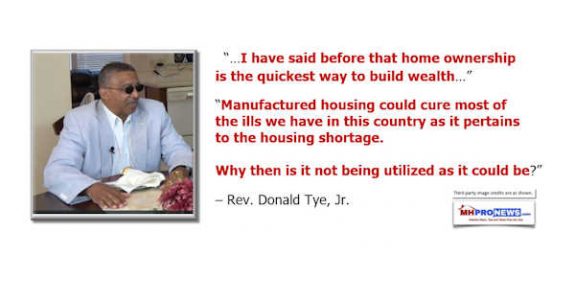
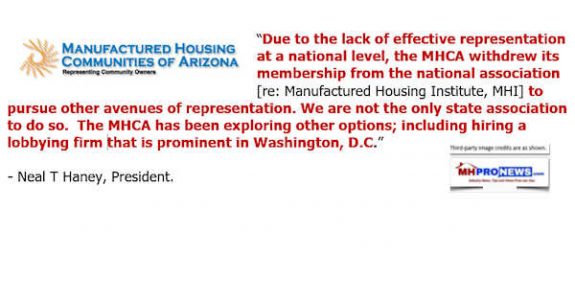
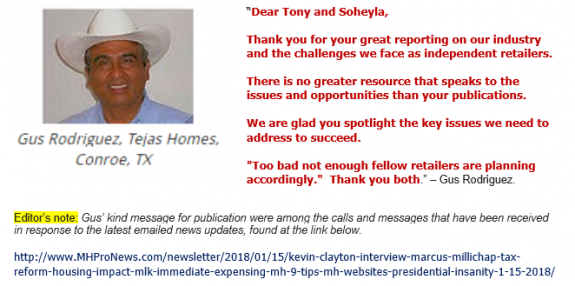
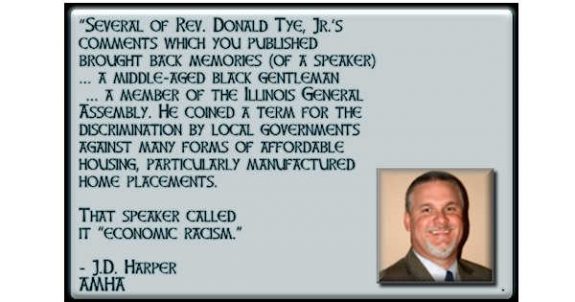
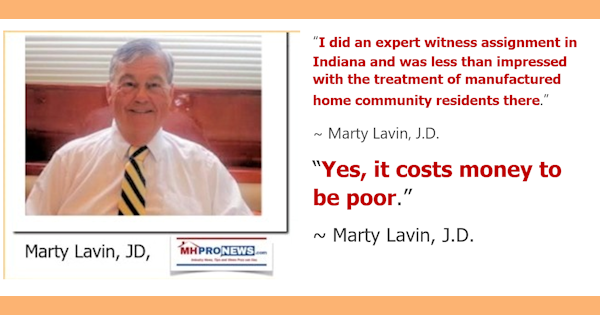
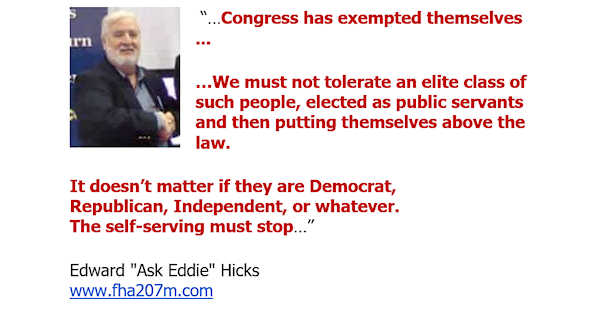
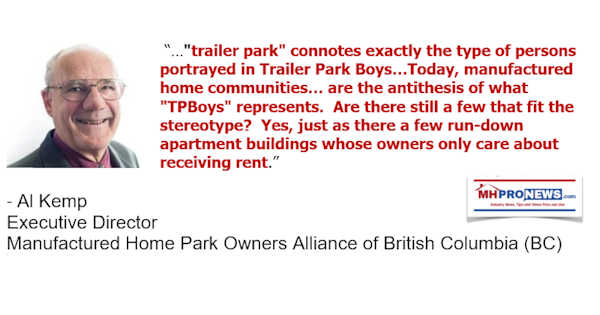
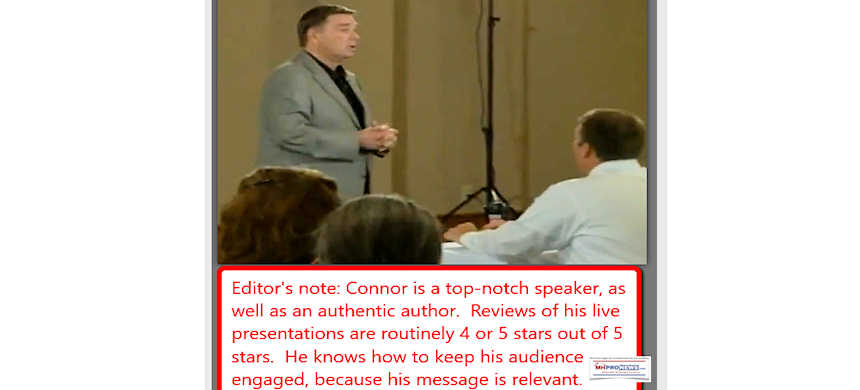
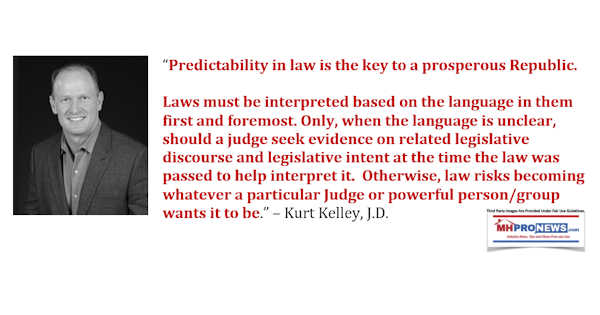
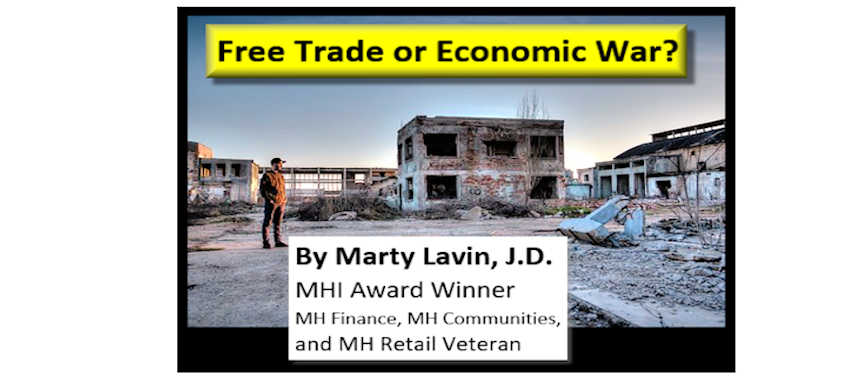
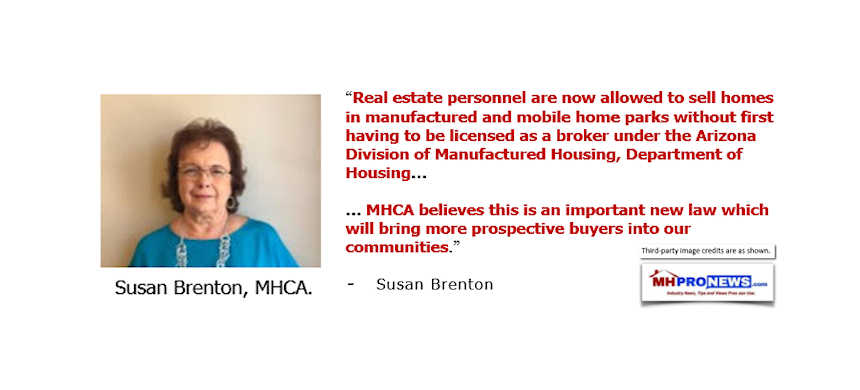
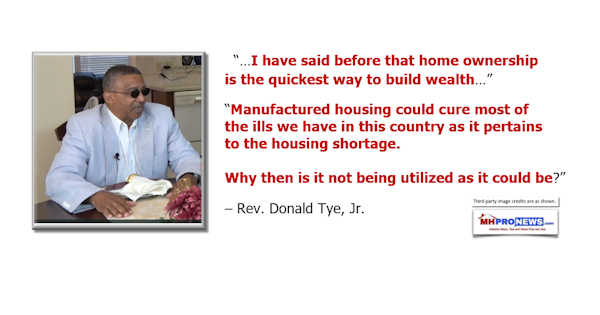
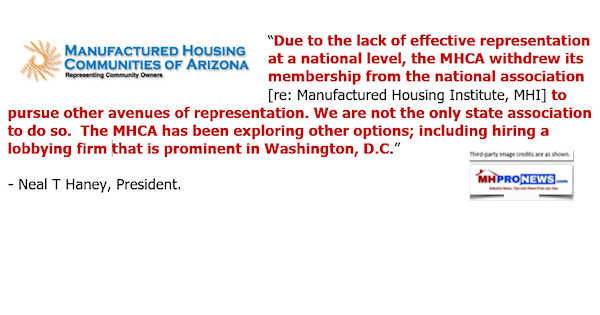
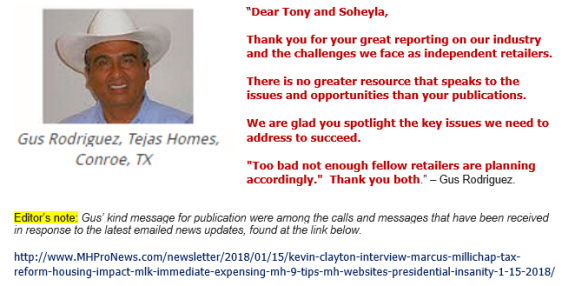
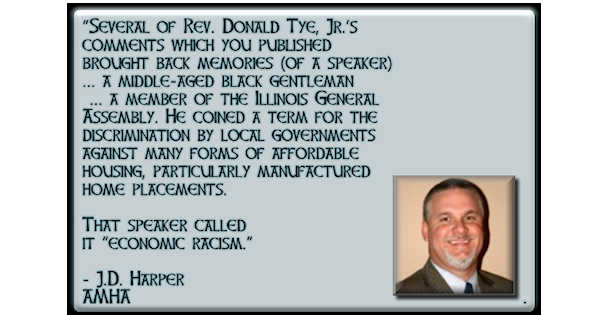
Karl Radde – TMHA, MHI, Southern Comfort Homes – Addressing Bryan City Leaders, Letter on Proposed Manufactured Home Ban
To All Concerned [Bryan City Officials, Others]: As the retail location referenced by Mr. Inderman, I would like to take a moment to address the …